by Sierra Harrop, W5DX
ARRL The National Association for Amateur Radio® encourages all amateur stations to prepare for what the National Hurricane Center (NHC) has predicted will be a busy hurricane season. In addition to readying equipment to function during and after a storm’s impact, local Amateur Radio Emergency Service® (ARES®) nets are encouraged to participate in hurricane reporting and relief nets.
Stations do not need to be in a coastal zone to participate –propagation often shifts well inland, meaning ham radio operators throughout the continent can serve in times of need. “Monitoring and relaying traffic is a way to help with the nets and get real time information to the NHC, where it can be shared with NWS, FEMA, and other emergency response organizations to aid in a more rapid response and recovery,” said ARRL Director of Emergency Management Josh Johnston, KE5MHV.
Amateur radio plays a critical role in the warning and recovery process of hurricanes. From providing surface observations which give forecasters at the National Hurricane Center ground truth, to providing communications when infrastructure is damaged, ham radio is as vital as ever.
The Nets
There is a robust ecosystem of communications networks that all work in tandem to provide coverage anytime a named storm is within a few hundred miles of land. These separate, but partner, volunteer organizations serve much of the Western Hemisphere on many different bands and modes.
Much of the focus is to get information to and from the National Hurricane Center in Miami, Florida. Hurricane specialists rely on having an amateur radio station at the center, WX4NHC. Julio Ripoll, WD4R, is the Amateur Radio Assistant Coordinator for the station. “These surface reports can be weather data or eyewitness reports (or heard on local VHF/UHF) are very valuable to the hurricane specialists at NHC, as they fill in gaps of data that they may not have from other means, such as government weather stations, satellites, Hurricane Hunter aircraft, etc.,” explained Ripoll.
The NHC would like more hams to provide information if they are in an affected area. There are many ways to do it. The simplest is over high frequency (HF) amateur radio bands. There, you’ll find a dedicated team running the Hurricane Watch Net. The net, which uses 14.325 MHz and 7.268 MHz, depending on propagation, is usually active any time a hurricane is within 300 statute miles of a populated landmass, or at the request of NHC.
“We are strategically dispersed across North America, throughout the Caribbean Islands, Central America, and the northern coast of South America, so that we can provide a continuous path of communications from storm-affected areas,” said Bobby Graves, KB5HAV, Hurricane Watch Net Manager. The net has members who speak many of the languages in the hurricane zones, including English and Spanish.
Information to and From
The HWN is a two-way street of information, while the reports coming in are critical to forecasters – information from the NHC is even more important to people in the path of the storm. Weather information is relayed in real time from the NHC throughout the network, as well.
In addition to the weather information and reporting, the HWN assists the Salvation Army’s SATERN Net with outgoing health and welfare traffic from the affected areas – messages sent via ham radio from those being impacted by the storm.
WX4NHC also receives reports via Winlink email over amateur radio via the address wx4nhc@winlink.org. The email subject line must start with //WL2K. There is a webform on the WX4NHC web site to provide information as well.
Voice over Internet Protocol and Digital Voice Modes
For those without HF capabilities, or who may have their antennas unavailable during the storms, the VoIP Hurricane Net provides a parallel capability using modern digital technologies. VoIP Hurricane Net manager Rob Macedo, KD1CY, says the scope of this net gives a big picture look at what’s happening. “Our net gathers reports from amateur radio nets and amateur radio operators at the local, state and regional level that connect directly or liaison to our net on *WX_TALK* Echolink conference node: 7203/IRLP 9219 reflector. The connections to our net can include other VoIP modes such as Fusion, All-Star, Hamshack Hotline, certain types of DMR among other VoIP modes via the KC5FM, AUXCOMM and Sunflower systems,” he said. The VoIP Hurricane Net also provides observations from social media monitoring.
More Participation Needed
With the robust systems in place to handle traffic, organizers encourage radio amateurs in the path of these storms participate in the nets. “We encourage all who are in the path of a landfalling hurricane to join us and share your local observed weather information. No matter how insignificant you may feel your data may be, it is very important to the forecasters at the National Hurricane Center,” said Graves.
“Sometimes, ham radio reports are the only reports received from the islands or sparely populated areas,” said Ripoll. Michael Brennan, Director of the National Hurricane Center, added, “The NHC ham radio network has played a crucial role for more than 40 years in providing real-time information during tropical storms and hurricanes. The information provided by ham radio is incredibly helpful to NHC's hurricane specialists as it provides on-the-ground data during an event and offers a valuable option to maintain communications in situations where traditional communication methods can fail or become unavailable.”


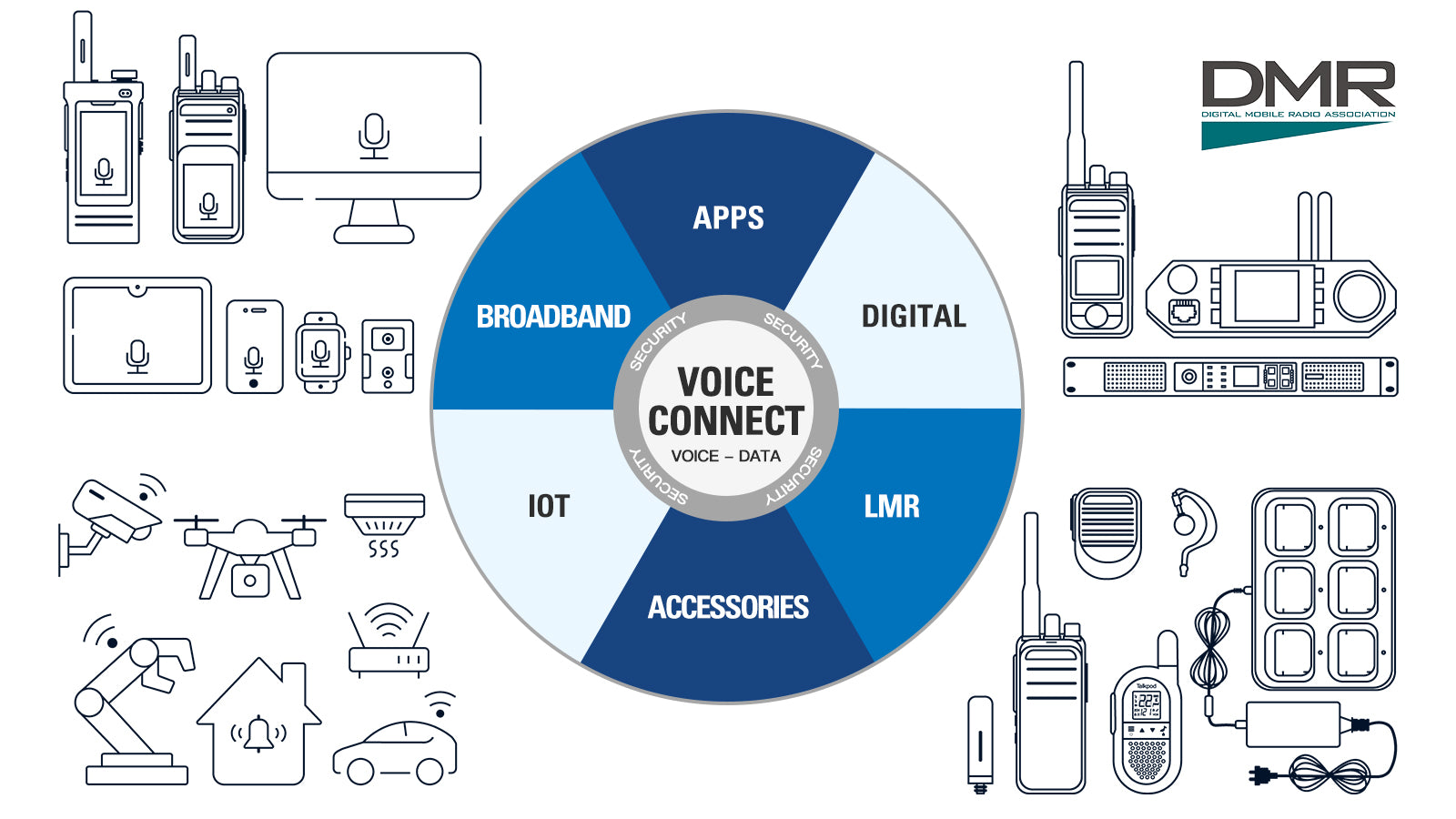
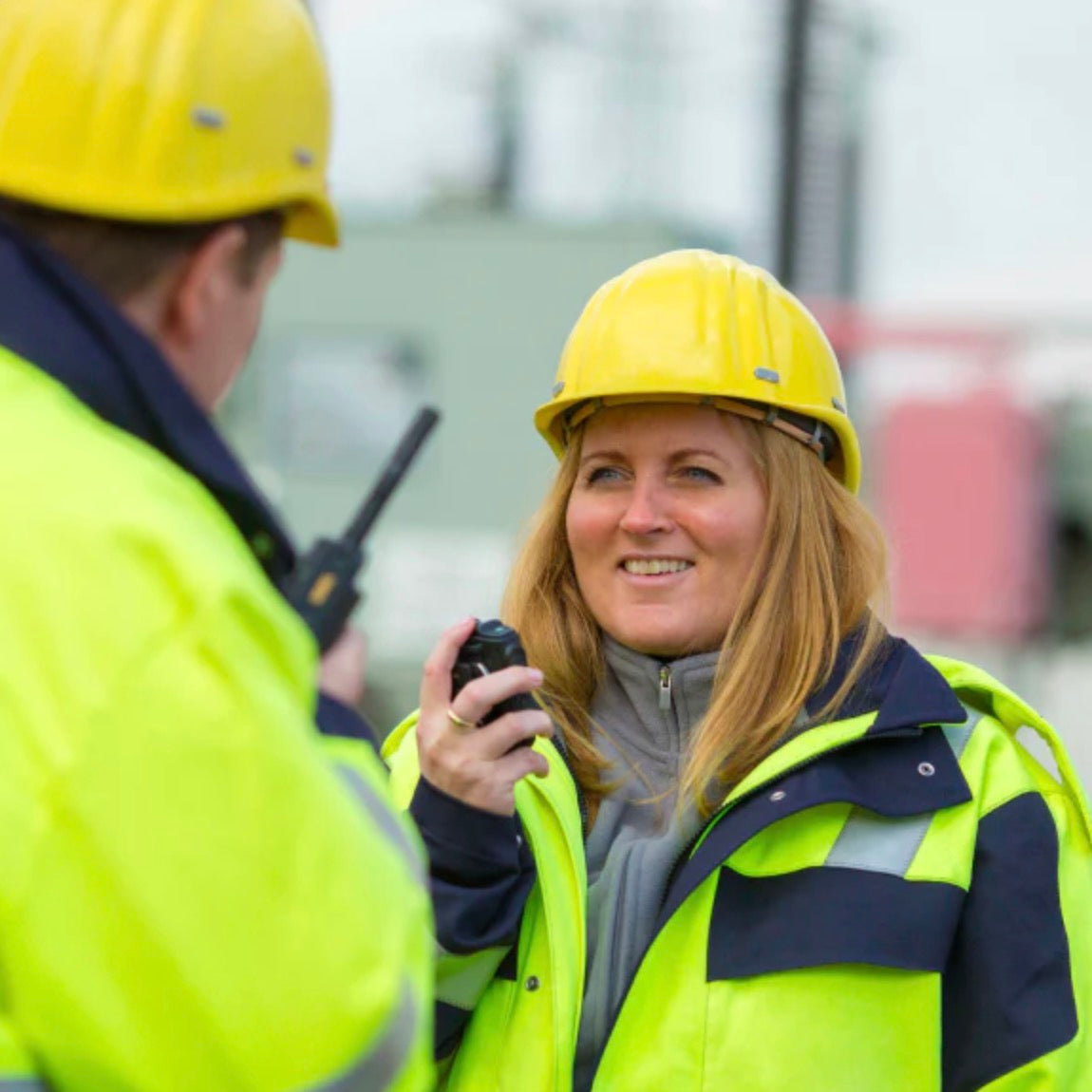

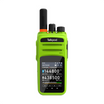
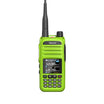
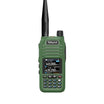
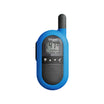
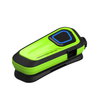
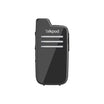
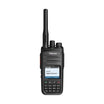
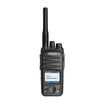
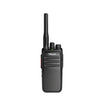
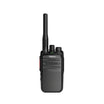
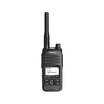
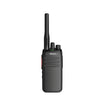
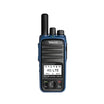
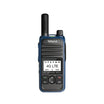
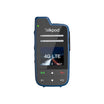
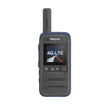
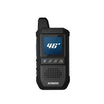
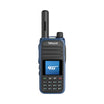
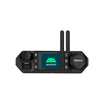
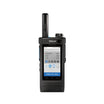
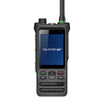

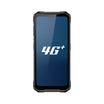
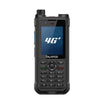
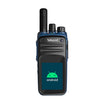
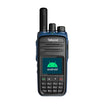
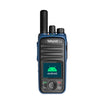
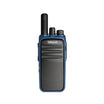
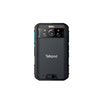
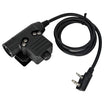
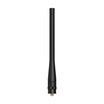
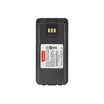
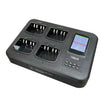
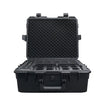
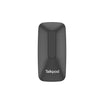

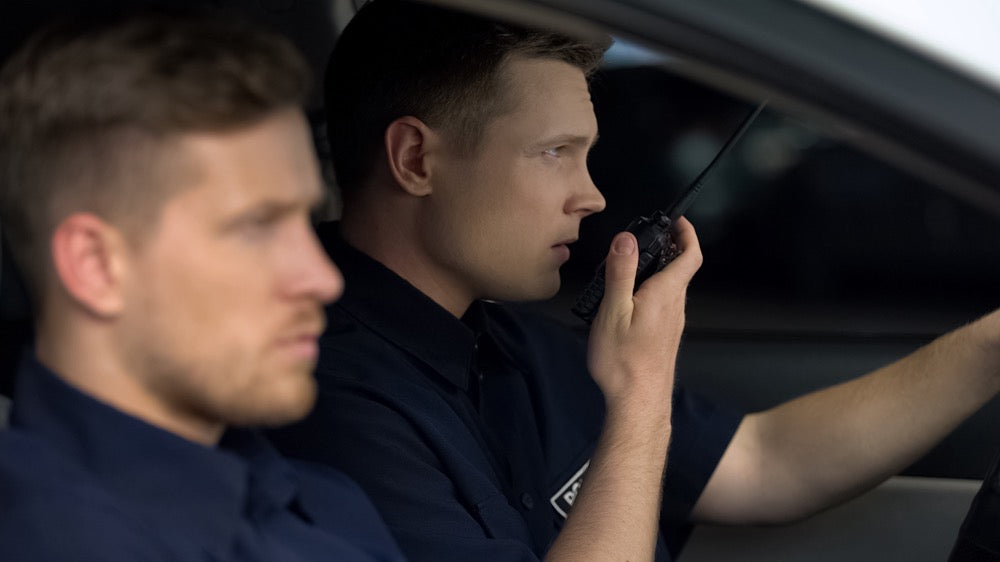

Leave a comment
This site is protected by hCaptcha and the hCaptcha Privacy Policy and Terms of Service apply.